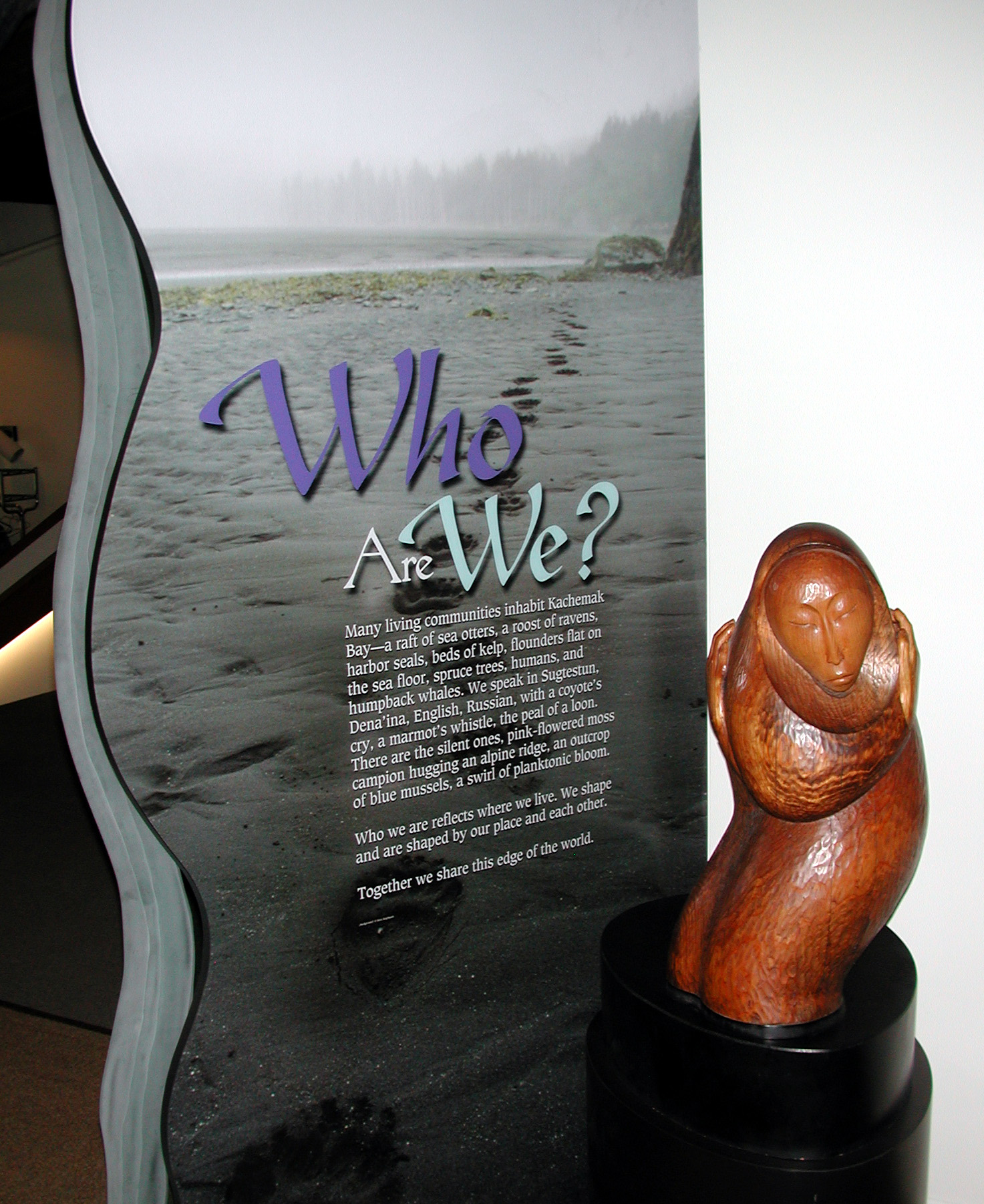Over the decades, Pratt Museum community members have helped create Pratt Museum exhibits and programs, they have a strong sense of ownership, and strong opinions about the Museum, so the prospect of replacing the building was no small matter. Clear messaging about the need for a new facility, and careful listening to the people who are affected by such a profound change are paramount to the success of a project of this magnitude, including the capital campaign.
At the edge of the Kachemak Bay in Homer, Alaska, about a six hour drive south of Anchorage, this fascinating area is home to Native Alaskan Tradition Bearers, Russian Old Believers, homesteaders and their descendants, commercial fisherman, professional artists and scientific researchers. A culturally responsive approach to visitor studies critical.
Early in the planning process, the Museum launched Community Vision for a Community Museum with funding from IMLS. Staff conducted many information-gathering meetings with different community groups, and follow up meetings to share and get feedback on drawings other plans. I conducted a survey of meeting participants to assess their experience of and satisfaction with the process.
A subsequent effort, Engaging Diverse Communities, was funded by the Rasmussen and Paul Allen Foundations. It examined the ways in which people perceived of the current Museum exhibits, spaces and programs, how they use them, what they value most and why, and what type of content would make exhibits and programs relevant and useful to them in the future.
I collaborated with a local evaluator to design and conducted group interviews with a wide range of community groups, individual interviews with key stakeholders, anonymous online surveys for staff, volunteers, and members, and paper surveys for visitors on site. We also created an on-line survey for the public which was promoted locally, and in Anchorage.
Findings were used to inform the selection and development of exhibits, programs and facilities. More importantly, the multiple, far-reaching and inclusive data collection efforts were a strong community builder.

